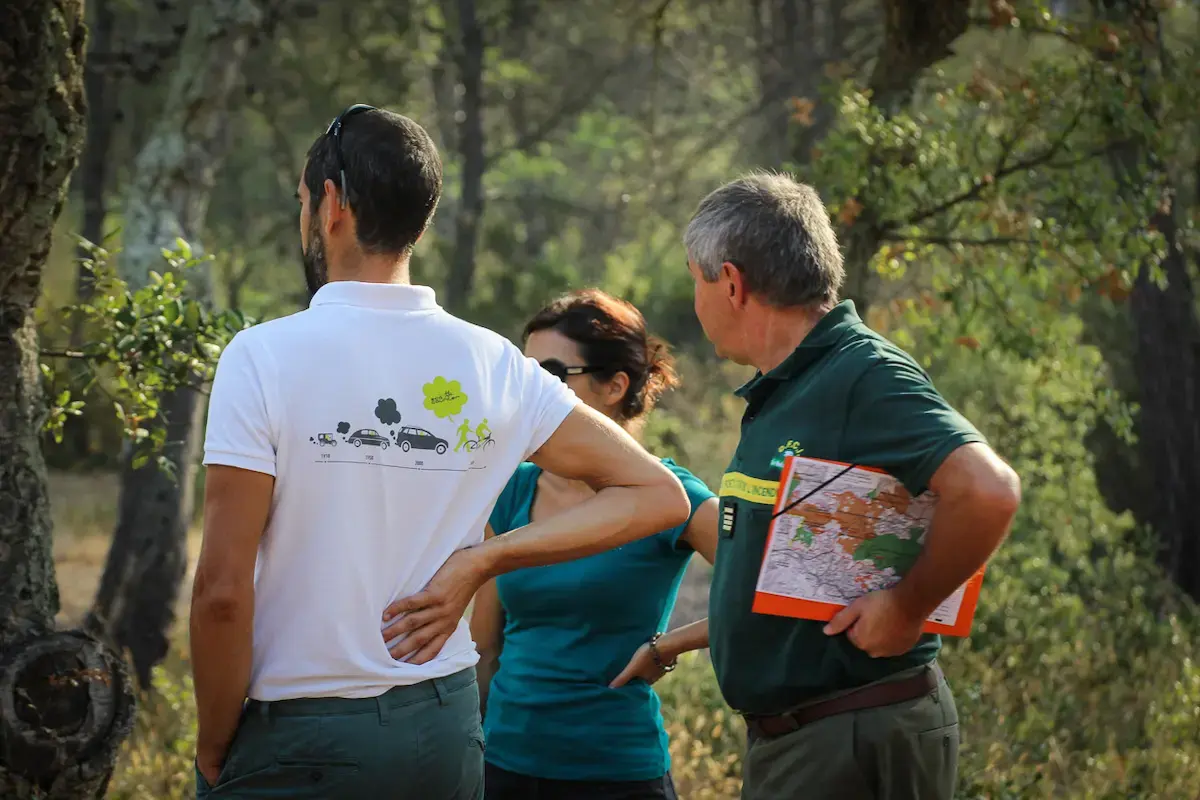Prenez les bonnes décisions grâce à l'analyse des flux piétons et cyclistes
Mesurez, analysez et comprenez la fréquentation de vos territoires. Nos solutions de comptage de piétons et cyclistes couplées à notre expertise d’analyse de données de flux issues du terrain vous donnent les clés pour optimiser vos aménagements, justifier vos investissements et prendre les bonnes décisions..webp?width=1200&height=800&name=EDC+_URB_FR_GRENOBLE-8%20(1).webp)
Augmenter l'usage du vélo
Fluidifier les déplacements urbains, développer les infrastructures, décarboner les villes, sécuriser la communauté cycliste, compter et partager les volumes avec le public... Ces missions variées ont toutes un point commun : elles aident à développer la pratique du vélo.

Développer la marche en ville
Développer la marche comme mode de transport, améliorer la santé publique, augmenter la qualité de vie perçue... En 2019 en ville, sur de courts trajets, la marche représente 23,9% des déplacements (source : Statistiques Développement Durable.gouv).

Préserver les espaces naturels
Préserver la nature, assurer l'attractivité d'un site, évaluer l'impact des activités humaines sur la faune et la flore, suivre les retombées économiques du tourisme... Un objectif commun : assurer la durabilité d'un parc naturel ou touristique sur le long terme.
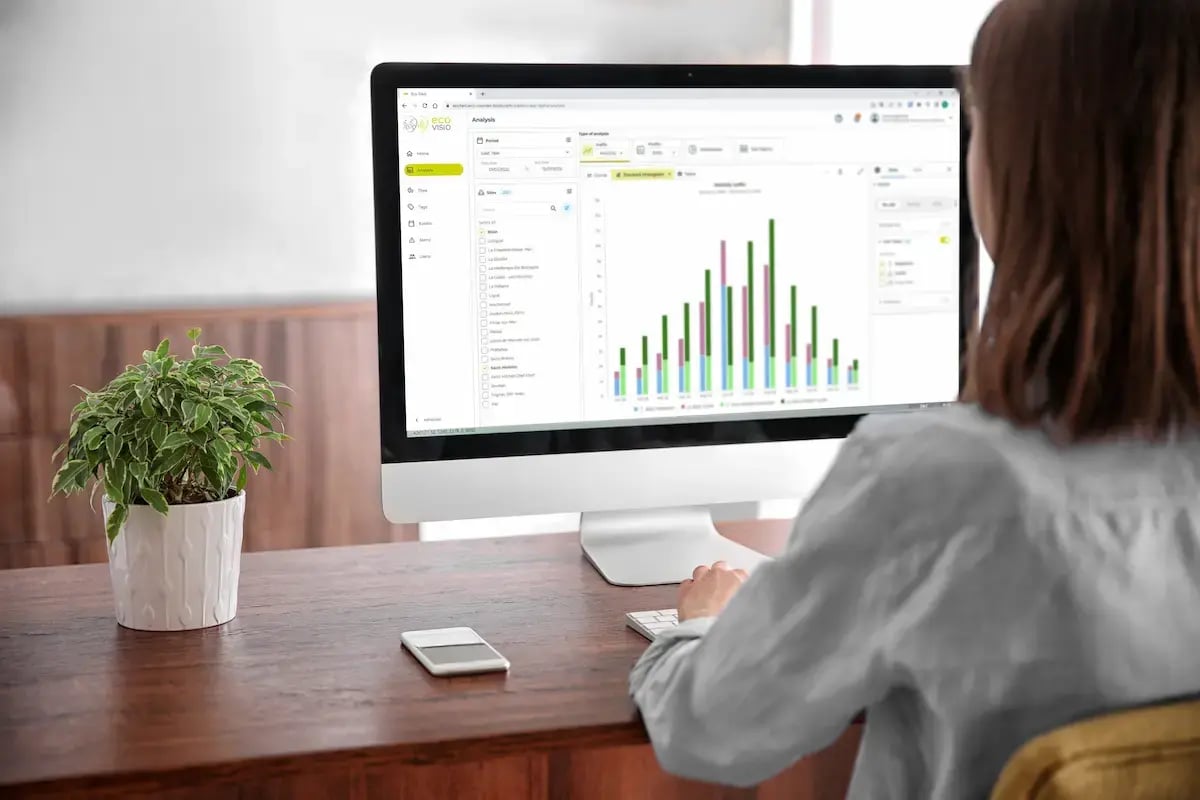
Analyser les flux, voir les usages
Visualisez en un coup d'œil les évolutions de flux sur votre territoire. Prenez la bonne décision en vous basant sur la réalité de ce qui se passe sur le terrain. Créez votre tableau de bord, partagez vos réussites avec votre équipe et le grand public et garantissez le succès de vos actions.
ans de comptage
pays
clients
Nos clients témoignent
"Les données de fréquentation nous sont très utiles à la fois pour voir, suivre et analyser, mais également pour communiquer avec le grand public, et corriger si nécessaire les ...aménagements cyclables que nous réalisons dans le cadre de notre Plan Vélo."
"Une phase de test a été menée par Eco-Compteur avec la solution VisitorFlow. Cette dernière nous a permis, sur une période d'un mois, de comprendre les usages et comportements ...des touristes et visiteurs, notamment : temps de visite sur place, origine géographique, variation de la fréquentation en fonction des évènements sportifs et/ou des conditions météorologiques, y compris la houle, puisqu’on est spot de surf ! L’essai a été concluant, et nous avons décidé de lancer une campagne sur une durée de plusieurs mois pour obtenir des données suivant les saisons et évènements"
"Les données de fréquentation et leur partage en temps réel grâce à la Page Publique marquent la volonté de l’EuroMétropole d’agir en parfaite transparence avec le public, afin ...que les données de fréquentation puissent servir aux usagers et associations soucieuses des enjeux de mobilité dans l’espace public."
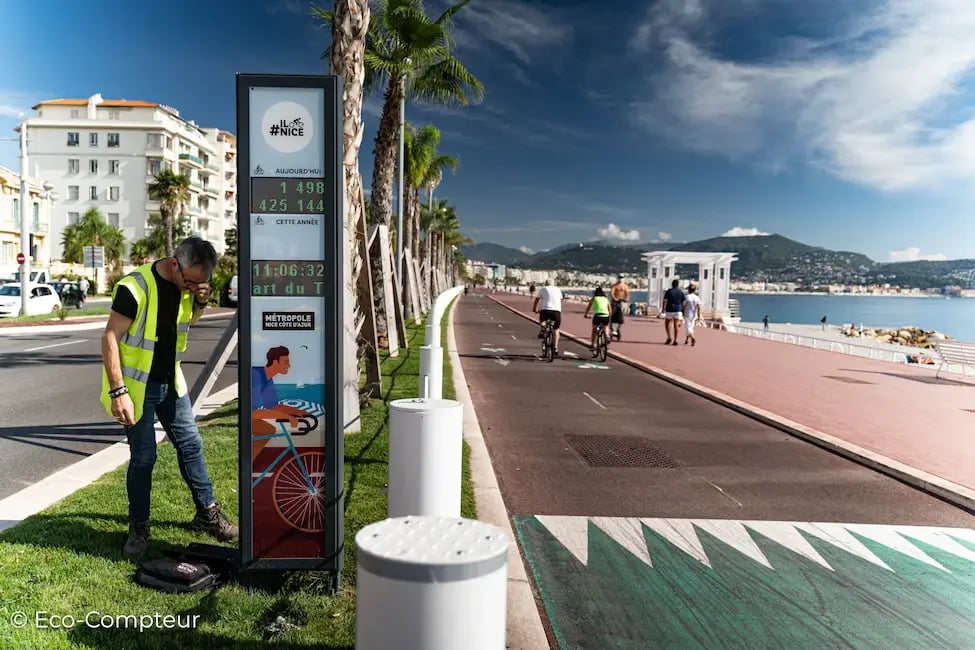
Depuis quelques années, la Métropole de Nice s’est équipée de compteurs automatiques pour mesurer la fréquentation vélo, ainsi que d’afficheurs « Eco-DISPLAY Classic » qui lui permettent de communiquer avec le grand public. Les données de fréquentation ont permis à Nice Côte d’Azur Métropole d’analyser son réseau cyclable, et d’aménager des pistes cyclables en connaissance de cause.
Voir le cas client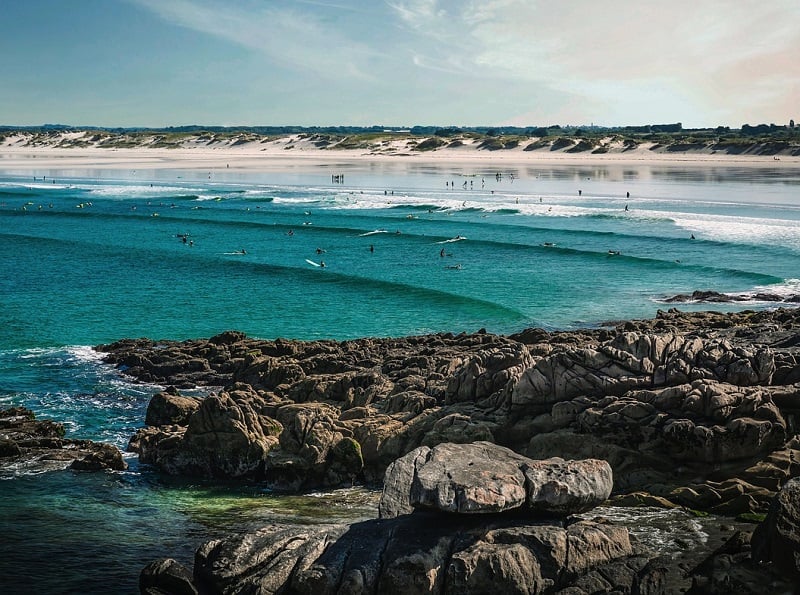
La commune de Plomeur et la communauté de communes du Pays Bigouden sud (Finistère) utilisent VisitorFlow pour observer la fréquentation du site de la pointe de la Torche, et mesurer l’impact des événements sportifs européens comme la compétition de surf du circuit Pro Junior de la WSL (World Surf League).
Voir le cas client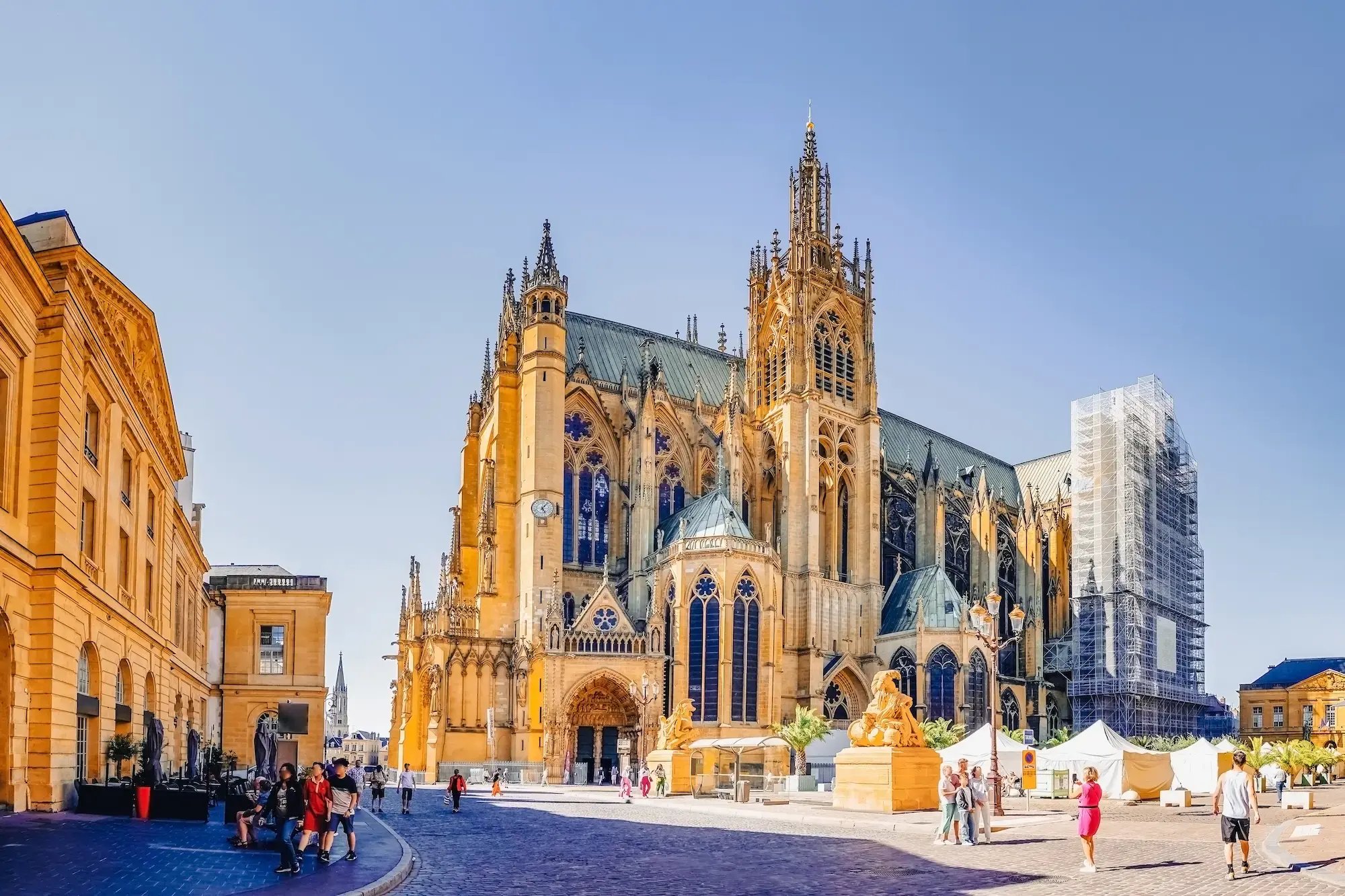
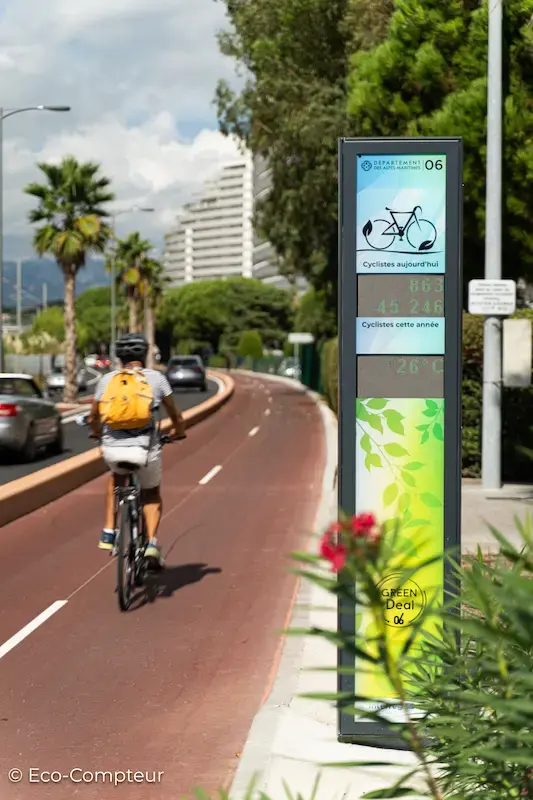
Nos outils pour atteindre vos objectifs
Des données fiables pour éclairer vos décisions
Compteurs automatiques de nouvelle génération et plateforme d'analyse pour transformer vos flux en indicateurs fiables, exploitables et argumentaires solides.
Un accompagnement humain complet
Support technique 5j/7, formation, conseil stratégique : nous vous accompagnons de la définition de vos besoins à l'interprétation de vos résultats.
Des solutions adaptées à tous vos territoires
Espaces urbains ou naturels, projets ponctuels ou observatoires permanents : nous nous adaptons à toutes vos contraintes techniques et environnementales.
Pourquoi nous choisir ?
- Éthique & Transparence
Notre mission est de soutenir la transformation des territoires avec des données fiables, ouvertes et compréhensibles par tous. Nous attachons donc la plus grande importance à la conception de solutions éthiques (Privacy-by-Design) et éco-conçues en France (certification ISO 14001). - Expertise terrain
Nous accompagnons les politiques vélo-piéton et la préservation des territoires depuis plus de 25 ans. Nous avons déployé plus de 20 000 compteurs pour éclairer les décisions de plus de 5 000 territoires répartis dans 55 pays différents. - Contact humain
Nous créons un environnement où le bien-être et la satisfaction client sont prioritaires. Nous nous adaptons à tous les niveaux de compétence technique et accompagnons chaque projet avec proximité humaine.
